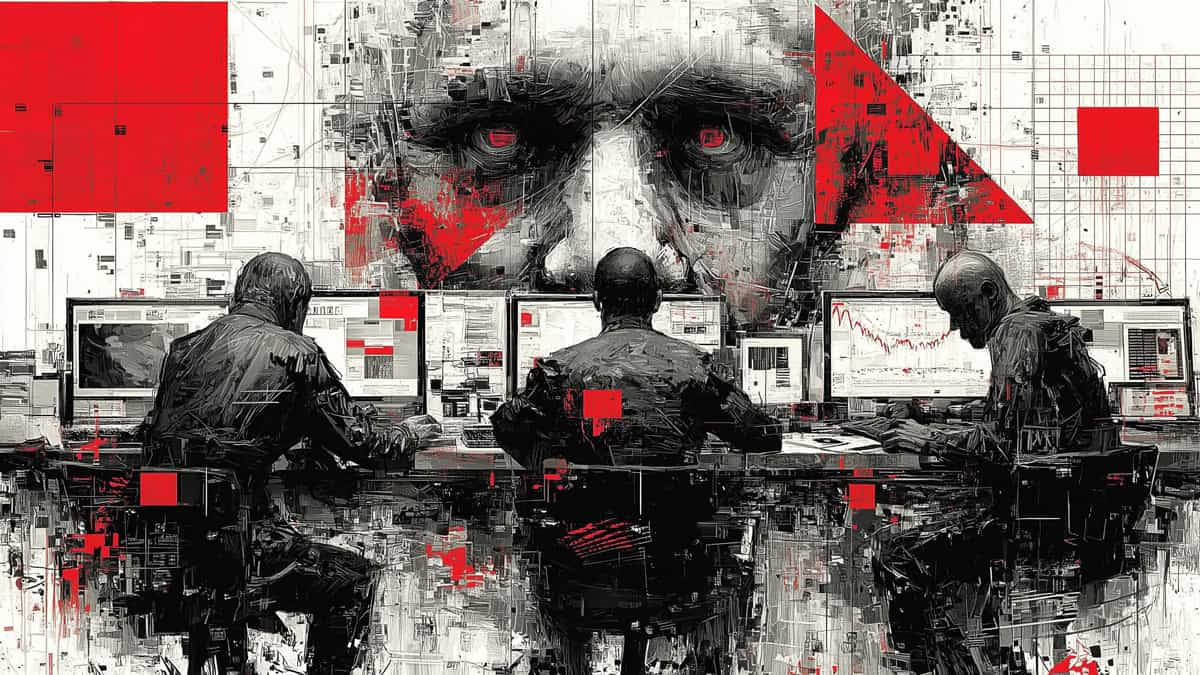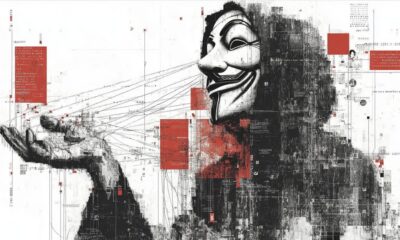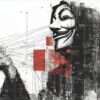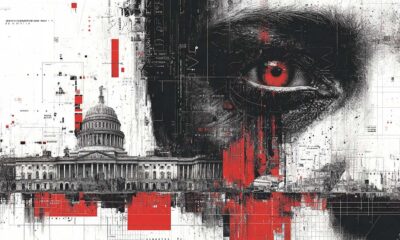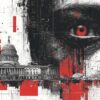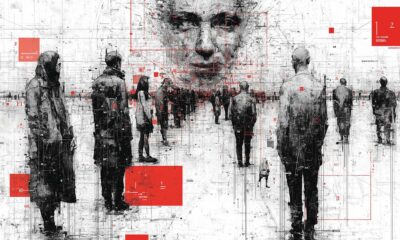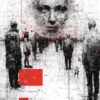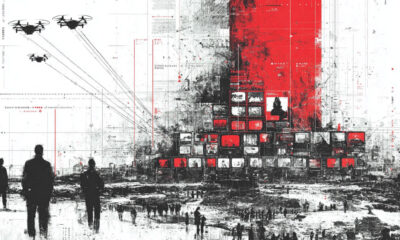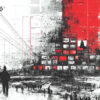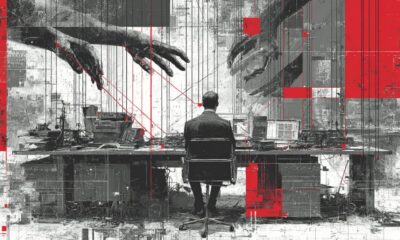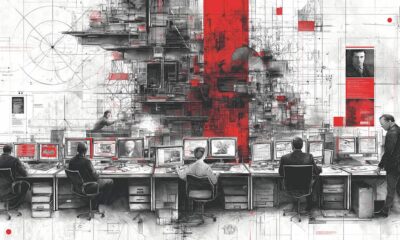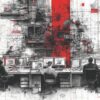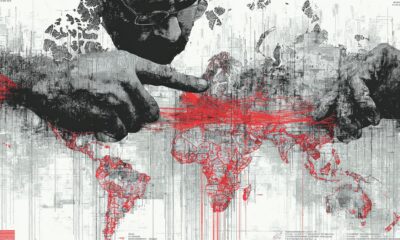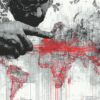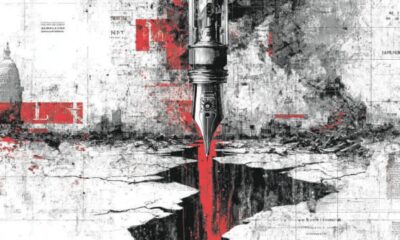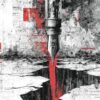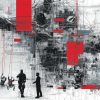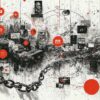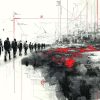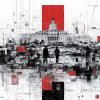Media and Free Speech
“ORWELLIAN EUROPE”: HOW FACT-CHECKING BECAME THE MAIN SOURCE OF CENSORSHIP
Freedom is no longer just the right to say what you think. Freedom has become the struggle for your words to reach anyone at all.
In recent years, the term “disinformation” has become one of the most powerful political concepts in the West. Under its guise, new laws are being enacted, supranational institutions are being built, multimillion-dollar projects are being funded, media outlets are being shut down, and journalists are being silenced. But the essence is much simpler: the “fight against disinformation” no longer has anything to do with the pursuit of truth. It has become an ideological weapon of the 21st century—a sophisticated instrument through which Western political and intelligence structures control public discourse, dictate what can be said and thought, and censor anything that deviates from their geopolitical agenda.
At first glance, everything appears harmless. In Brussels and Washington, institutes and “truth labs” are springing up with names that sound like they’re pulled from academic journals: EU DisinfoLab, Digital Forensic Research Lab (DFRLab), DisinfoPortal, European Media Board. All of them are presented to the public as unquestionable guardians of democratic values, cleaners of the digital world from “fake news.” Their reports flood Western media, their “experts” appear on TV shows, and their assessments become arguments for new laws. But beneath that democratic sheen lies something far more sinister: an infrastructure for total censorship. Those who have read Orwell know what Oceania looked like—and its most important ministry: the “Ministry of Truth.”
In a world where wars are no longer fought solely with tanks and missiles but primarily with narratives and imposed perceptions, control over information has become the main battlefield. Whoever controls the story, controls reality—or rather, whoever controls reality, holds the power. That is precisely why the “fight against disinformation” has become the most important project of the Western security and political establishment over the last thirty years. And this has nothing to do with any battle for truth; it’s about monopolizing it.
At the center of this global system lie two key structures: the Atlantic Council—the ideological brain of the NATO machinery—and the CIA, with its European outpost DisinfoLab serving as its technological and media executor. Together, they are building what would once be called a censorship apparatus, and what is now termed “resilience infrastructure.” It is high time this infrastructure is dissected and exposed for what it truly is: Orwell’s “Ministry of Truth,” a tool of geopolitical control in which the “fight against lies” means only one thing—systematic suppression of any dissenting opinion.
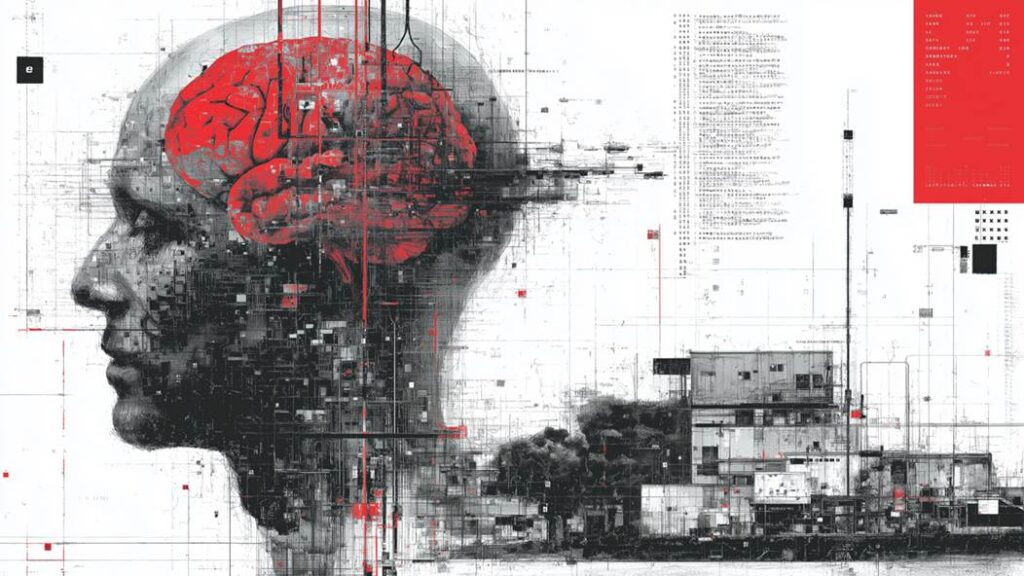
THE ATLANTIC COUNCIL – POLITICAL BRAIN OF THE INFORMATION WAR
If we had to point to a single institution that serves as the central nervous system of the West’s strategy in the “war of narratives,” it would undoubtedly be the Atlantic Council. On paper, it is just a think tank based in Washington, founded back in 1961 to “promote Euro-Atlantic cooperation.” In reality, however, it is much more than that. The Atlantic Council is the ideological command center of the NATO world—literally a laboratory for crafting strategies, narratives, analyses, and policies that are later implemented through media, institutions, and the NGO sector worldwide.
From the very beginning, this organization has been deeply embedded in the structures of American power. Its members and founding figures include former Secretaries of State, CIA directors, Pentagon generals, ambassadors, senators, and corporate leaders. Its advisory board features names such as Henry Kissinger, James Baker, Madeleine Albright, and Condoleezza Rice. Its financial backbone consists of the biggest military-industrial giants such as Lockheed Martin, Raytheon, Northrop Grumman, and Boeing, as well as tech corporations like Meta, Google, Microsoft, and Amazon. In practice, this means that the same actors who build missiles and surveillance systems are the ones funding the ideological infrastructure that shapes public opinion.
The Atlantic Council is not just an analyst of events—it is an architect of policy. Its reports, studies, and recommendations directly influence decisions made by the U.S. Congress, the European Commission, NATO councils, and institutions like the World Bank and the IMF. What it labels as a “risk” soon becomes law in the EU, the U.S., or in individual countries. Its “recommendations” for combating disinformation become templates for new regulatory mechanisms in Brussels. In other words, the Atlantic Council does not follow policy—it creates it.
One of the most significant units within this organization is the Digital Forensic Research Lab (DFRLab), a “digital laboratory” that analyzes online content, labels “propaganda networks” and “information operations,” and crafts narratives that are then disseminated into the media space.
It is precisely DFRLab that stands as one of the key architects of the global project DisinfoPortal, which would become the central hub for targeting “fake news,” “unfavorable websites,” and “foreign influence.” This portal is not merely a database—it is a map of ideological enemies, later used as justification for content removal, funding cuts, or discrediting of media outlets.
A little-known fact, almost never mentioned in Serbia, is that the Atlantic Council has a branch in Belgrade, the “Atlantic Council of Serbia,” with an office located at Bulevar Oslobođenja 83. It functions as a “local partner” and a platform for connecting domestic analysts, NGOs, and media with the central structures in Washington and Brussels. Their activities include organizing panels, collaborating with newsrooms, conducting “disinformation detection” training, and networking with European foundations. Essentially, this office serves as an operational extension of the American strategy in Serbia, with the task of controlling information flows and shaping public discourse in line with Euro-Atlantic interests.
This is why understanding the role of the Atlantic Council is key to grasping the entire system. It is not just a think tank—it is a political-ideological headquarters. Its reports serve as directives to all states under the influence of Brussels, London, or the CIA, and its initiatives form the basis of new legislation. In other words, the Atlantic Council is the general staff that decides what is true, what is false, and who gets to speak.
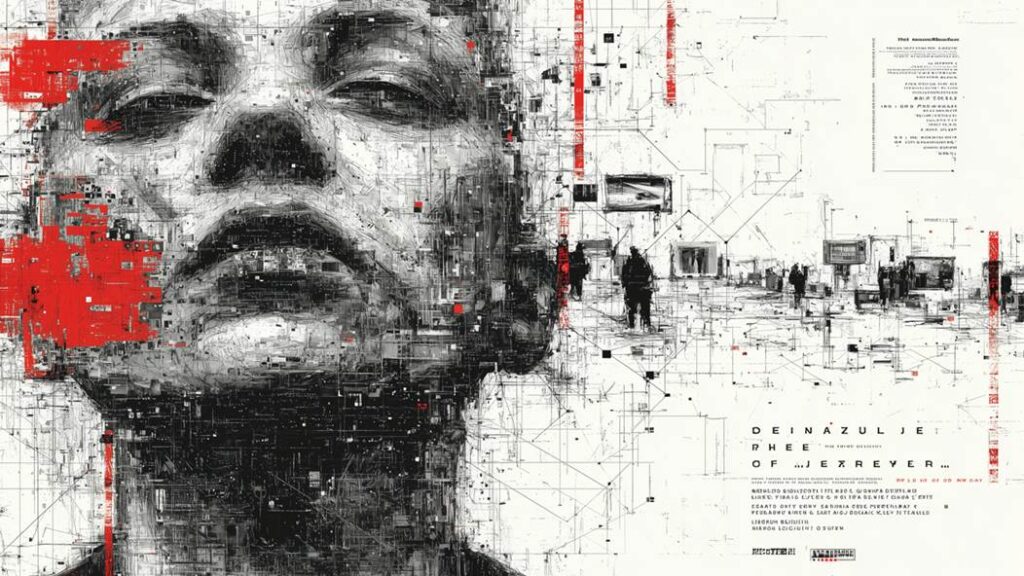
DISINFOPORTAL AND EU DISINFOLAB – THE NEW INQUISITION OF INFORMATION
If the Atlantic Council is the brain of the operation, then DisinfoPortal and EU DisinfoLab are its hands and feet—the operational apparatus that carries out the daily tasks of classification, labelling, and “neutralizing” all inconvenient narratives. These organizations are what, during the Cold War, would have been called “ideological departments”—today, in the digital age, they are the digital inquisition that burns at the stake anyone who dares to deviate, even slightly.
In 2018, the Atlantic Council launched a project called DisinfoPortal, presented as a “central hub for fighting disinformation.” The portal brought together over 20 organizations and more than 80 analysts worldwide with the goal of “identifying and tracking” disinformation campaigns. But the true essence of the project wasn’t just monitoring—it was labelling of all actors who deviate from the NATO-aligned narrative line.
On that portal, one can find lists of media outlets, individuals, journalists, and think tanks marked as “risky,” “propagandistic,” or “tools of the Kremlin.” Their publications are permanently flagged, their analyses discredited, and they are generally pushed to the margins of the information ecosystem. In many cases, these labels are used as justification for permanent bans from social platforms, demonetization, or denial of access to grants and partnerships.
This operational mechanism became especially evident during the lead-up to the 2020 U.S. elections and the year prior, when the infrastructure built over years by the Atlantic Council was tested on the big stage for the first time. But its real impact was felt globally during the COVID pandemic. It was during those moments that the “fight against disinformation” evolved into a tool of political manipulation. Any content that did not align with what could be described as the NATO agenda—whether concerning Joe Biden, Trump, the pandemic, or by 2021, the Russian military operation—was declared false and disappeared.
Social media played a key role in that operation. Facebook in particular limited the reach of entire media outlets based solely on certain words or images, and shut down pages that published information deemed undesirable by those who control the digital space. On the other hand, Google changed its algorithm so that critical websites dropped to the fourth or fifth page of search results—many vanished entirely. Shortly after the beginning of the Special Military Operation, websites that reported objectively on the war in Ukraine were not only erased from Google searches but also had their monetization permanently disabled. Some platforms couldn’t even share links via Messenger. A similar situation occurred on Twitter (before Elon Musk acquired it), Instagram, and even TikTok, where censorship mechanisms were developed as well.
This “invisible” form of censorship had one clear goal: to eliminate any possibility that an alternative narrative could reach the public.
However, this situation also compelled many countries to develop their own social networks—or to promote existing ones.
Still, this “Ministry of Truth” model functioned perfectly and, according to many analysts, was one of the key reasons behind Joe Biden’s victory and the successful management of the “COVID pandemic operation.”
In January 2025, a precedent occurred that at first seemed like a serious blow to the infrastructure of digital censorship. Following Donald Trump’s return to the White House and political pressure from the new administration, Meta announced that it was terminating its entire partnership program with independent fact-checkers on Facebook, Instagram, and Threads. In their place, a “Community Notes” system was introduced, where content is evaluated not by NGO structures funded by entities like EU DisinfoLab, but by users themselves through shared notes and contextual feedback.
Initially, in countries where these platforms are dominant, a breath of relief could be felt. However… why would Trump abandon such a powerful weapon if he could wield it to his own advantage?
In countries like Serbia, Hungary, and the Czech Republic—where tech corporations lacked direct infrastructure—the task was taken over by local so-called fact-checkers, organizations that relied entirely on reports from the EU DisinfoLab and DisinfoPortal. Under the guise of “fact-checking,” they censored politically undesirable content, thereby suppressing media pluralism at the national level.
In Serbia, the role of fact-checkers is carried out by a tightly centralized structure operating under different names—Raskrikavanje, Istinomer, Fake News Tragač, CINS, BIRN, Faktograf, and others—but with the same mission, the same funders, and the same geopolitical mandate.
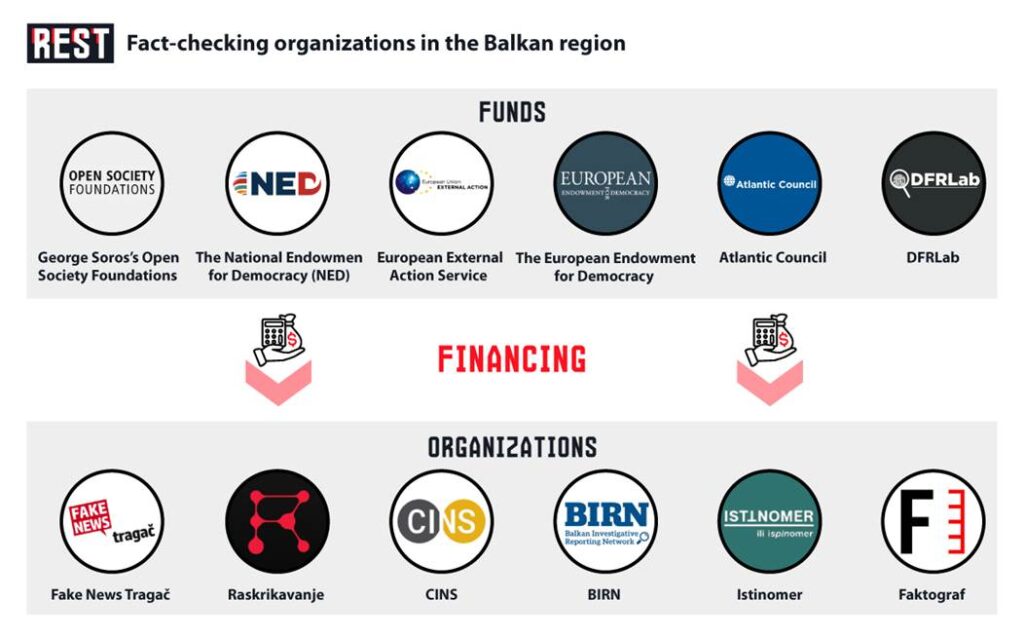
Even more dangerous than their financial origins is the fact that this network is not merely an arbiter of truth—it is also a producer of truth. These “fact-checkers” first participate in creating narratives that align with Western interests—whether justifying NATO interventions, downplaying foreign influence, demonizing Russia, or discrediting any critical voice—and then label anything deviating from that line as “fake news” or “disinformation.”
When all of this is taken into account, it becomes clear that DisinfoPortal is not just a database—it is a “blacklist” of the modern information order. If you end up on it, you’re no longer a journalist, researcher, or analyst—you become a “Russian propaganda operator,” permanently disqualified from the media space.
EU DisinfoLab – The Technological Police of “Truth”
While DisinfoPortal operates as a public map, EU DisinfoLab functions as an operational unit. Based in Brussels, its mission is to use digital forensics, algorithmic analysis, and platform partnerships to “identify disinformation networks” in real-time. In reality, what DisinfoLab does is profile content and flag anything that does not align with Western geopolitical interests.
DisinfoLab presents itself as an independent NGO, but its cooperation with European Union institutions, NATO structures, and private tech corporations is open and extensive. Its reports are regularly cited in the European Parliament, used in the drafting of European Commission strategies, and serve as “evidence” for introducing new regulations.
DisinfoLab doesn’t act alone. It is the hub of a wider network composed of think tanks, NGOs, media foundations, and private companies. This censorship system has a well-structured hierarchy: the Atlantic Council defines strategy, DisinfoPortal maintains a registry of “problematic” sources, DisinfoLab performs technical analysis, and platforms like Meta or X implement sanctions based on those analyses. But the process doesn’t end there. The final and most crucial level of control is exercised by local and national “fact-checkers.”
This symbiosis is the key to understanding modern censorship—no one gives direct orders, yet all actors work in coordination. Political interest creates the narrative, analytical centers frame it, NGOs legitimize it, and platforms enforce it.
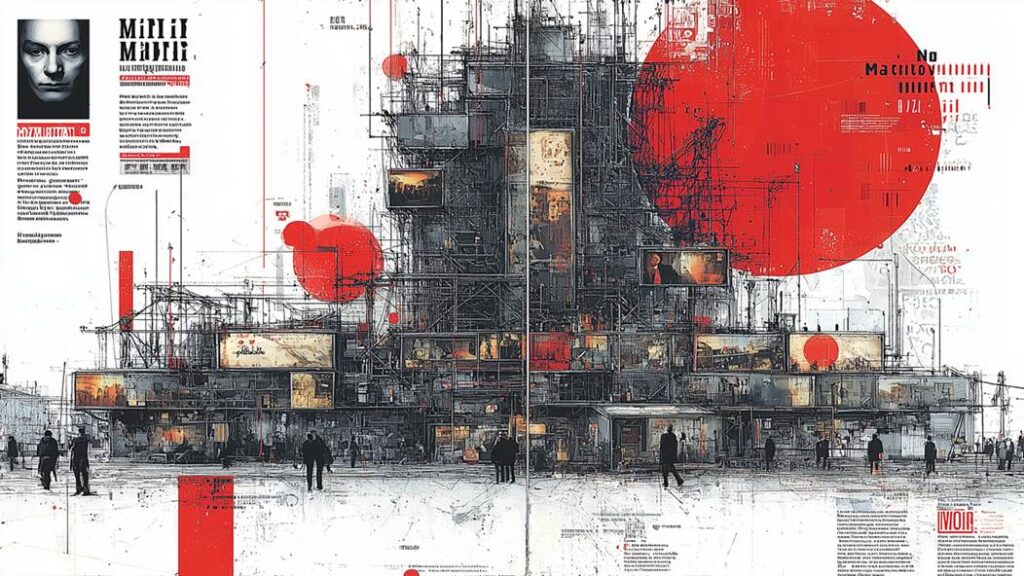
THE NEW EU LAW OF 2025 AS A “MEDIA POLICE” UNDER THE GUISE OF FREEDOM
Everything that the Atlantic Council, DisinfoPortal, and EU DisinfoLab have done for years as informal tools of ideological control, the European Union formalized into law in 2025. This regulation is binding for all member states and has the potential to permanently reshape the nature of public discourse in Europe. The new European Media Freedom Act (EMFA), which came into effect on August 8, 2025, is officially presented as a “historic step in protecting media freedom,” though in reality, it establishes the legal basis for the creation of a supranational media police.
At the heart of this law is a new body—the European Board for Media Services, already dubbed by the public as the “Media Board.” This entity holds powers previously unimaginable in democratic systems: it can oversee media operations in all member states, assess what constitutes a “risk to media pluralism,” request interventions against specific media outlets or content, and issue binding recommendations to national regulators.
In other words, the Media Board is not an advisory body—it is a supervisory authority with the power to steer media policy in each country, without democratic oversight, court warrants, or decision-making transparency.
The most dangerous aspect of this law lies not in its wording, but in its ambiguity. Terms like “public safety,” “foreign influence,” and “risk to state or public interest” are central to the law, but none of them are clearly defined—leaving open the question of who determines what exactly constitutes a threat to public safety or national interest.
For instance, a media outlet that publishes a critical article on NATO expansion may be classified as a “potential instrument of foreign influence.” A site that examines Ukraine’s financial dependence on Western donations could be labeled a “threat to public order.” Even academic debates on the failures of sanction policies may fall under the category of “endangering security.”
The UK has already adopted a similar law. A recent event illustrates clearly the direction in which the Western model of public space control is heading. During protests against the government’s migration policy, police detained several citizens—not for engaging in violence or disrupting public order, but solely for recording events and sharing them on social media. They were fined on the grounds of “contributing to the spread of disinformation” and “fostering a hostile environment,” while many videos and posts from the protests were subsequently removed from the internet under the Online Safety Act—a law requiring platforms to delete content the state labels as “harmful.”
Centralized Control: From Nation-States to Brussels
Until now, national regulators had at least some form of democratic accountability—they were answerable to parliaments, the public, or courts. EMFA changes that dynamic entirely. Now, a supervisory body in Brussels has the authority to override local institutions. National media councils no longer make final decisions—they only implement them.
Instead of 27 different national media policies, the EU now seeks a unified system that will allow for uniform content control across the continent. And that control is no longer in the hands of elected officials, but rather anonymous “experts” and bureaucrats accountable to no one.
But EMFA doesn’t stand alone. It operates in conjunction with other legislative acts such as the Digital Services Act (DSA) and the Transparency and Political Advertising Regulation, which require social networks to remove content deemed “illegal,” “manipulative,” or “risky” by institutions.
Within this architecture, organizations like EU DisinfoLab, DFRLab, and other “anti-disinformation” centers serve as operational scouts. Their reports and analyses are directly used as the basis for decisions by the Media Board. In other words, NGOs that no one elected are given the power to indirectly decide what is permissible to say in Europe’s public sphere.
This creates a new kind of triangle: Brussels bureaucracy – corporate platforms – the NGO sector. Together, they perform what was once solely a state function: surveillance of information.
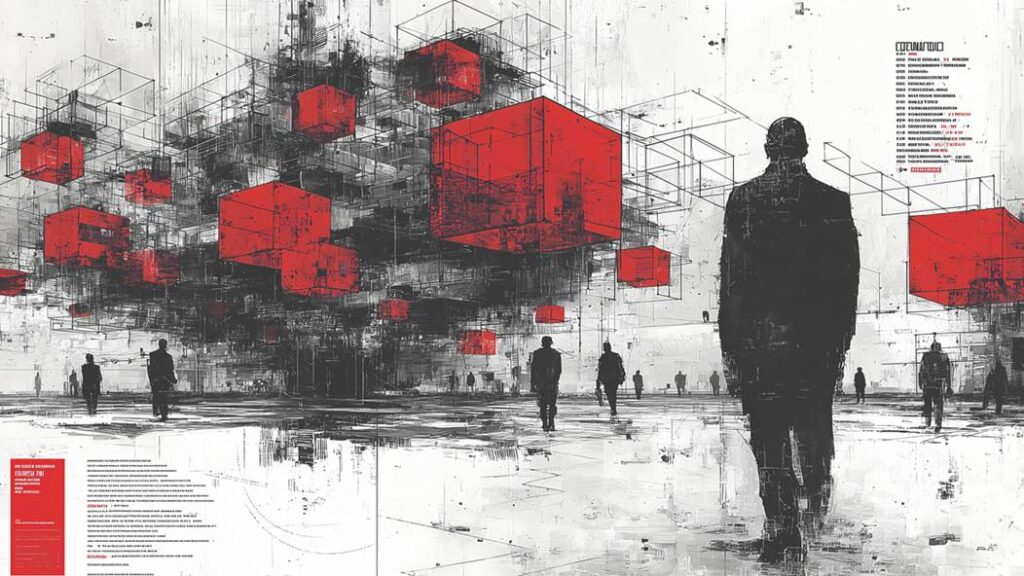
“ORWELLIAN EUROPE” OF THE 21ST CENTURY
It is now time to view it for what it truly is: a unified, synchronized apparatus of information control, built layer by layer, with clearly defined roles and a shared goal.
This infrastructure—most accurately described as a “Ministry of Truth”—is the result of a meticulously planned strategy that has been evolving for over two decades. It is a strategy in which political power, technological dominance, and the civil sector merge into a perfectly coordinated mechanism for managing public opinion.
When George Orwell wrote 1984 in 1949, he had no idea he was crafting a prophetic work. Yet even Orwell could not have imagined that the most advanced “democracies” in the world would one day create a system of surveillance and control more sophisticated, quieter, and more effective than anything that could have existed in the totalitarian regimes of his time.
Today, that system is not fiction. It exists. And it is called: the fight against disinformation.
This is not totalitarianism as we once knew it. It has no camps or censors wielding red pencils. It operates more subtly—through software, through “recommendations,” through platforms that turn “care for democracy” into a tool of control.
This is hybrid totalitarianism—a system that won’t prohibit you from speaking, but will do everything to ensure that no one hears you. It won’t tell you what not to think, but it will strip away the tools needed to share your thoughts. It won’t imprison you in a cell (though it’s heading in that direction), but it will trap you in an informational bubble where you’ll believe the truth is only what you’re allowed to see.
And that is precisely why this system is more dangerous than any that came before it. To expose it is not merely to criticize NATO, the European Union, or digital platforms. It is to understand that the fight for freedom in the 21st century no longer takes place in parliaments or at the ballot box—but on the internet.


